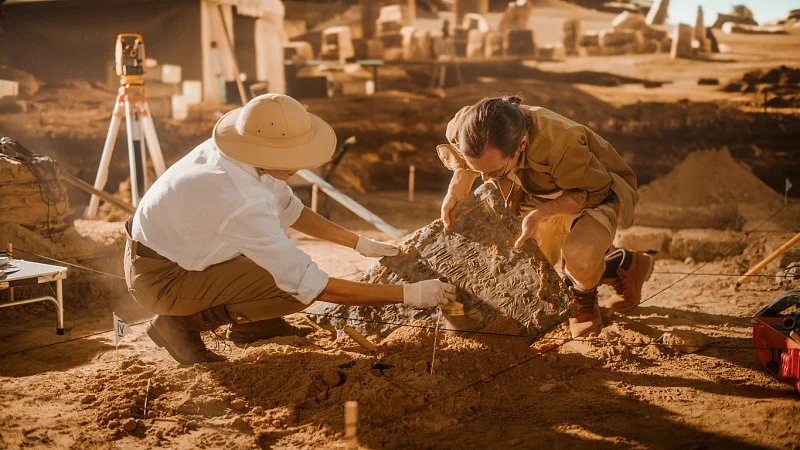Ancient inscriptions confirm Beijing’s 3,000-Year urban history
Recently listed among China’s top archaeological finds of the year, the Liulihe ruins are the largest known Western Zhou Dynasty (1046–771 BCE) settlement south of the Yanshan Mountains, according to cultural heritage authorities, TV BRICS reports.

Among the key findings are five ritual bronze vessels inscribed with ancient characters meaning that a high-ranking official oversaw the construction of the Yan state’s capital during the Western Zhou period. Scholars say this confirms historical accounts of the city’s founding under the orders of a prominent Zhou statesman tasked with securing the northern frontier.
Large-scale excavations since 2019 have uncovered over 900 relics, including rammed-earth foundations, ash pits, and tombs. Recent digs revealed outer city walls, moats, residential remains, and 52 ancient burials. A section of the outer wall, measuring up to nine meters wide, was found near the northern moat, with construction techniques consistent with the Western Zhou era.
Scientific analysis indicates the moat was in use during the dynasty’s early period before being abandoned, as reported by Global Times, a partner of TV BRICS.
Other significant discoveries include inscribed oracle bones, early porcelain fragments, and advanced architectural materials, shedding new light on the sophistication of urban planning in ancient China.
Earlier, Jordanian Minister of Tourism and Antiquities Lina Annab announced the discovery of a Pharaonic hieroglyphic inscription featuring a royal seal (cartouche) belonging to Pharaoh Ramses III (1186–1155 BC) in Wadi Rum Reserve in southern Jordan.
